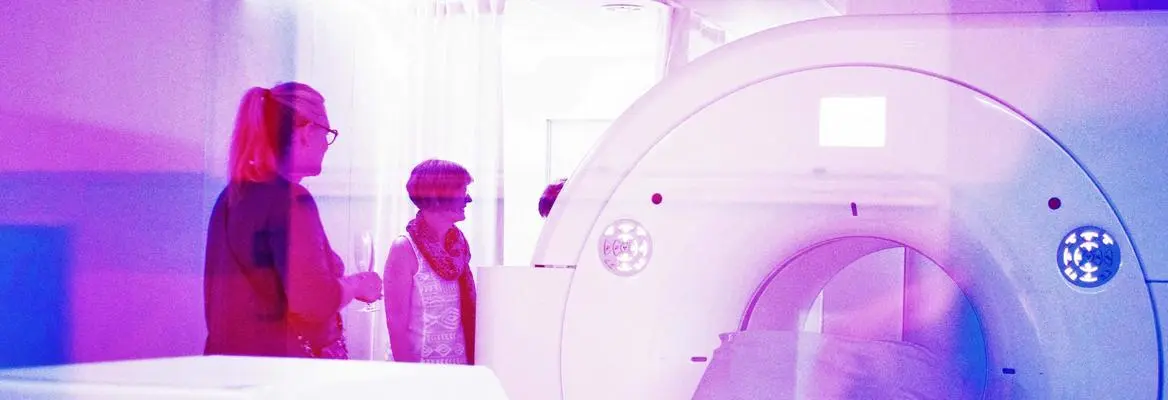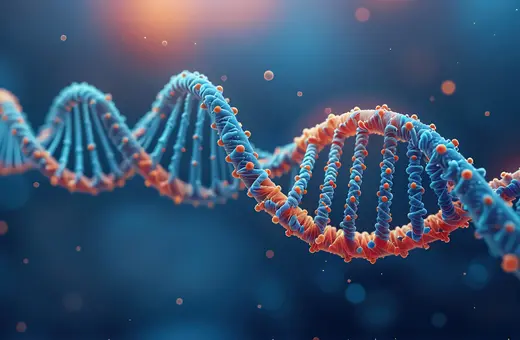Every generation needs an object of revolutionary fervour. For medicine at the end of the last century, it was the idea that all treatment should be founded on evidence. The revolutionaries demanded data behind each and every medical decision; the reactionaries argued that the void of data is precisely what a doctor’s expertise is supposed to fill. Those of us then only just entering the field simply wondered on what, if not evidence, medicine could have been based all this time.
As so often happens in the world of ideas, each side was wrong on a cardinal point they both agreed on. The error is not easy to see, so let’s proceed step-by-step.
The subject of medicine is the individual patient, its task to determine what to do in his or her specific case. Such judgment must naturally be drawn from the study of other patients, and so depends on how knowledge of individuals is distilled from knowledge of populations. This has traditionally been done with little formality, more often than not left as a matter of tacit experience.
___
"How smartphones unlock themselves on sight of your face will be how medicine unlocks your individual diagnosis and treatment on sight of your physiology"
___
Now the proponents of evidence-based medicine insisted clinical decisions must proceed from the statistical analysis of objectively determined population data. The more familiar of the two problems this introduces is the limit of what we can practically measure. Blood pressure is simple to record and quantify, the perfusion of one’s limbs is neither. Less familiar but far more constraining is the limit of statistical inference. The “significance” of an observation cannot be easily established unless it is described by a relatively small number of variables. The joint consequence is an endless hunt for “biomarkers”: isolated indices of disease or response to treatment one can both measure and subject to statistical analysis. When you ask your doctor to predict your individual risk of (say) a heart attack, it is from a handful of such biomarkers—blood pressure, cholesterol, etc.—that the prediction will be derived.
As anyone who has ever been a patient will testify, such predictions are rarely accurate. We need better “biomarkers”, the revolutionaries say. But must they always, even commonly, exist? Consider that most individuating of body parts: the human face. Below (figure 1) is the mean image of a highly selected, reasonably uniform cohort of people: all living cardinals of the Catholic Church.

Figure 1 - Mean image of Catholic Cardinals
Its blandness reminds us no single feature—e.g. the distance between the eyes—could plausibly distinguish each cardinal from every other, for individuality is here conveyed in the complex conjunction of an irreducibly large number of features. It would not help to add a thousand more cardinals, even if they existed, for the variability here is not noise but a reflection of the essential diversity of faces. And what is true of the face may be true of any other part of the body, not only in surface appearances but also in the causal mechanisms of health and disease. Nothing compels biological causality to be simple: it can operate thorough complex causal fields as opaque as those governing the evolution of hurricanes. Indeed, for all its natural reductiveness, contemporary medical science considers the causation of most major diseases to be multifactorial. Satisfying the prerequisites for evidence-based medicine, then, renders us faithless to our fundamental biological nature.





















Join the conversation